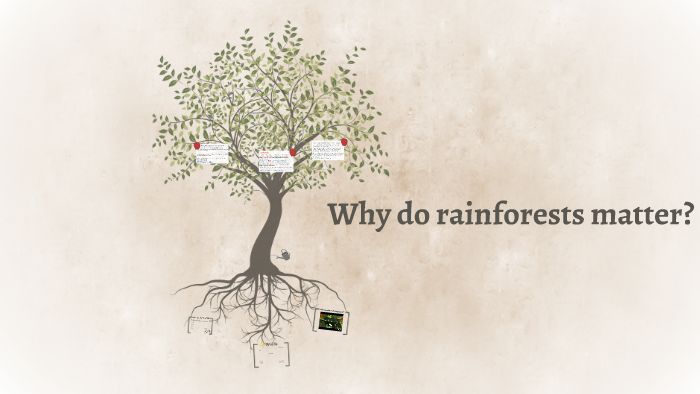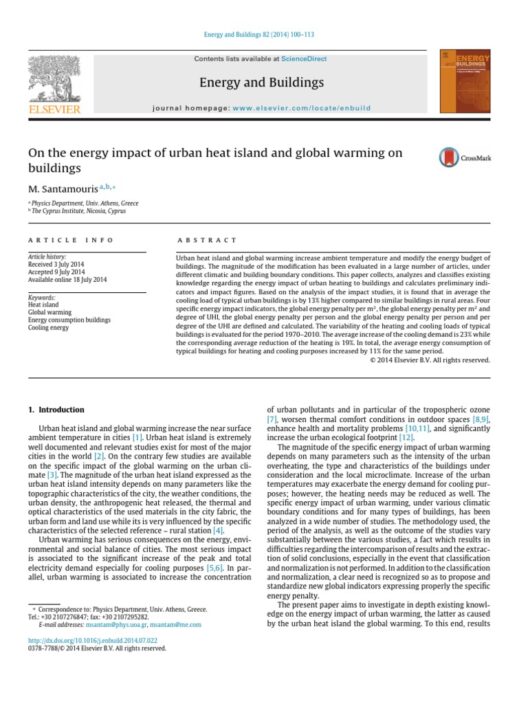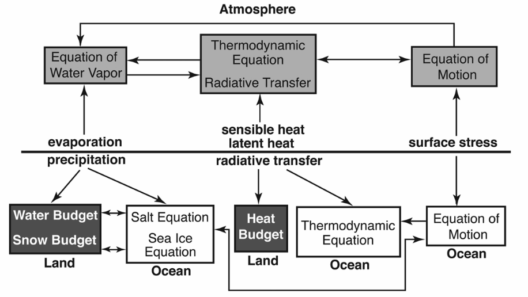Rainforests, often referred to as the lungs of the Earth, harbor an astonishing diversity of flora and fauna. These ecosystems are not only pivotal to ecological stability but also play an indispensable role in regulating the global climate. Understanding the climatic characteristics of rainforests, alongside their significance on a global scale, is fundamental for fostering appreciation and effective conservation efforts.
Rainforest Climate Characteristics
Rainforests predominantly thrive in tropical and subtropical regions, characterized by a warm climate, significant humidity, and copious precipitation. The average temperature in these areas ranges from 20°C to 25°C (68°F to 77°F) throughout the year. Unlike temperate climates, rainforests experience little seasonal variation, providing a consistent environment conducive to the flourishing of diverse species.
Precipitation is the hallmark of rainforests and can exceed 2000 millimeters (78 inches) annually, with some regions receiving upwards of 10,000 mm (393 inches). This rainfall is not uniformly distributed; rather, it can be influenced by geographical features and wind patterns. The resulting high humidity levels, often exceeding 80%, create a moist atmosphere that supports a plethora of plant and animal life.
Types of Rainforests
Rainforests can be broadly classified into two categories: tropical and temperate. Tropical rainforests, commonly found near the equator, boast the highest biodiversity and are teeming with life. Species such as jaguars, sloths, various primates, and countless insect species inhabit these rich ecosystems. In comparison, temperate rainforests, located in cooler coastal areas, host a different set of flora and fauna, including towering conifers and a variety of mosses and ferns. Both types of rainforests, however, share common traits of high rainfall and humidity, although they differ in biodiversity and climatic conditions.
The Significance of Rainforests on a Global Scale
Rainforests are vital for the Earth’s health in myriad ways. They sequester substantial amounts of carbon, mitigating the impact of anthropogenic climate change. Trees absorb carbon dioxide during photosynthesis and store carbon in their biomass. It is estimated that the Amazon rainforest alone stores roughly 90 billion metric tons of carbon. The destruction of these forests not only releases stored carbon back into the atmosphere but also diminishes the planet’s capacity to absorb future emissions.
Another critical function of rainforests is their role in water cycle regulation. Through the process of transpiration, plants release water vapor into the atmosphere, influencing local weather patterns and contributing to rainfall. This phenomenon is particularly evident in the Amazon Basin, where deforestation has led to decreased rainfall and disrupted weather systems, impacting agriculture and water supply in surrounding areas.
Moreover, rainforests are irreplaceable reservoirs of biodiversity. They are home to an estimated 50% of the world’s terrestrial species, with countless organisms yet to be discovered. This biodiversity provides an array of ecosystem services, including pollination, soil formation, and pest control, which are crucial for agricultural productivity and food security.
Furthermore, rainforests hold significant cultural value. Indigenous peoples often reside in these ecosystems, maintaining traditional lifestyles intricately linked to the land. Their knowledge of sustainable practices and biodiversity conservation is invaluable and must be respected and integrated into broader conservation efforts.
Challenges Facing Rainforests
Despite their importance, rainforests are under threat from various forces. Deforestation, driven primarily by agriculture, logging, and infrastructure development, poses the most significant risk. The expansion of agricultural fields, particularly for palm oil and soy, results in the clear-cutting of vast tracts of forest. The consequences of such actions are dire, leading to habitat loss, species extinction, and disruption of the delicate balance of ecosystems.
Climate change exacerbates these threats. Altered rainfall patterns and rising temperatures can diminish the resilience of rainforest ecosystems. Increased frequency of extreme weather events, such as droughts and floods, compounds the vulnerability of these habitats, further stressing wildlife and plant species.
Additionally, illegal logging remains a significant challenge. Unsustainable practices not only deplete forest resources but also contribute to increased carbon emissions. Law enforcement measures are often inadequate, highlighting the need for robust governance and sustainable development strategies.
Conservation Efforts and Global Impact
Recognizing the importance of rainforests has prompted a variety of conservation initiatives. Protected areas, often established in collaboration with indigenous communities, aim to safeguard critical habitats from destructive practices. Reforestation and afforestation efforts, utilizing native species, help replenish degraded landscapes, fostering biodiversity recovery and carbon sequestration.
Furthermore, awareness campaigns and international treaties, such as the Paris Agreement, focus on reducing emissions and promoting sustainable land use. These efforts underscore the interconnectedness of rainforest conservation and global climate action, emphasizing that protecting these ecosystems is imperative for combating climate change.
In conclusion, rainforests play an invaluable role in regulating the climate and supporting biodiversity. Their unique climatic conditions and rich ecosystems underscore their importance on a global scale. As threats increase, concerted efforts are required to ensure the preservation of these vital ecosystems. The health of our planet hinges on the health of rainforests, making their conservation an urgent priority.








